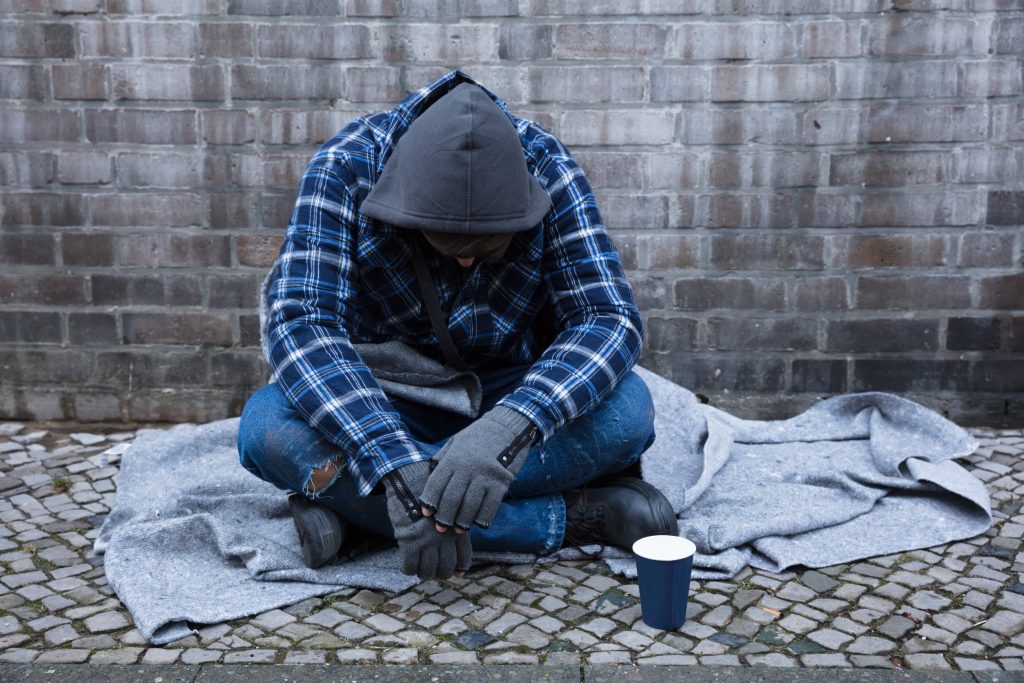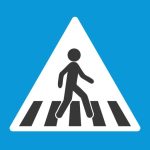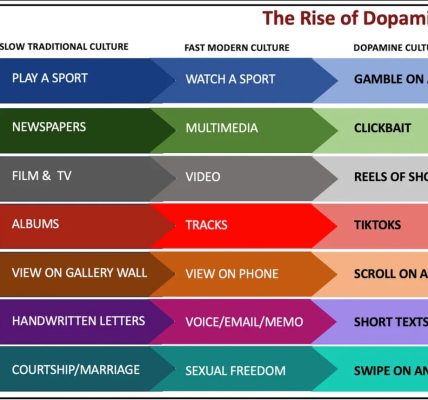A More Humane, More Effective, and Less Expensive Way to Deal With Drug Addiction

Just how many people suffer from substance use disorders in the United States? The most recent year with authoritative figures is 2017. Here is a summary of the numbers:
- Alcohol and illicit drug use disorders, 19.7 million people age 12+, 7.2% of the population
- of those, 992,000 are adolescents, or 4% of all adolescents
- Alcohol use disorder: 14.5 million people age 12+, 5.3% of the population
- of those, 443,000 are adolescents, 1.8% of all adolescents
- Illicit drug use disorder: 7.5 million people age 12+, 2.8% of the population
- of those, 741,000 are adolescents, or 3.0% of all adolescents
- 11.9% of those with substance use disorder have both alcohol and illicit drug dependency
That’s the scope of the problem we are dealing with in the United States: 7.2% of our population has a substance use disorder. That’s double the global average. Far greater still is the rate of deaths due to drug overdose. The death rate per 100,000 people in the United States is 18.83. That’s 10 times the death rate for the E.U. and nearly double the death rate of the next highest country, Estonia, at 9.95 per 100,000. Why is the United States such a deadly place for drug addicts?
One answer comes from Brian Mann, national addiction correspondent for National Public Radio. In a piece entitled, “How Portugal eased its opioid epidemic, while U.S. drug deaths skyrocketed,” Mann takes a deep dive into drug dependency treatment in Portugal.
Roughly the same population as New Jersey, Portugal gets fewer than 100 overdose deaths in a year and New Jersey gets nearly 3,000. What is Portugal doing that New Jersey is not? Are they cracking down on dealers, making more arrests, keeping people in jail longer? No. According to Mann:
Portugal’s leaders responded by pivoting away from the U.S. drug war model, which prioritized narcotics seizures, arrests and lengthy prison sentences for drug offenders. Instead, Portugal focused scarce public dollars on health care, drug treatment, job training and housing.
The elements here are a healthcare system that reaches all the way to the poorest of the poor and provides a basic minimum of care that includes alcohol and drug dependency treatment. “The system, integrated into the country’s taxpayer-funded national health care system, is free and relatively easy to navigate,” Mann observes.
It costs less to provide comprehensive care for the poor than it does to pay for the crime, police costs, court costs, and hospital costs that occur if you do not provide care. That does not even include the value of the productivity for every young person lost unnecessarily to a sickness that is easily and inexpensively treatable: drug use disorder.
In 2001, Portugal “decriminalized personal drug use and reinvented the role of police,” writes Mann. The police now persuade drug users to sign up for free counseling sessions, which have an astonishing 90% attendance rate. Mann notes by contrast that drug users flowing through the Portland, Oregon, court system almost never take advantage of free counseling.
Portugal provides not only methadone but also housing through the same referral network that begins with police pushing problem drug users into the system. Mann notes that “people living with addiction face far less stigma, rarely serve jail or prison time, and don’t live with criminal records.”
Again, it is cheaper to house and treat people than it is to arrest and jail them. Portugal cut its death-by-drug overdose rate by 80% to 0.38 per 100,000 population in 2017 compared with 18.83 per 100,000 population in the United States. Mann writes that people in Portugal are “45 times less likely to die from drug overdose” than people in the U.S.
It seems clear that there is a path forward in America’s battle with opioid addiction and overdose deaths. Decriminalize. Provide housing. Provide treatment. Save a million lives a year. Save trillions of dollars in GDP.
Written by Steve O’Keefe. First published March 4, 2024.
Sources:
“Key Substance Use and Mental Health Indicators in the United States: Results from the 2017 National Survey on Drug Use and Health,” Substance Abuse and Mental Health Services Administration (SAMHSA), September 14, 2018.
“Drug Use by Country 2024,” World Population Review.
“How Portugal eased its opioid epidemic, while U.S. drug deaths skyrocketed,” National Public Radio, February 24, 2024.
“Drug Use Disorder Death Rate 2019,” Our World in Data.
Image Copyright: andreypopov.





1 COMMENTS